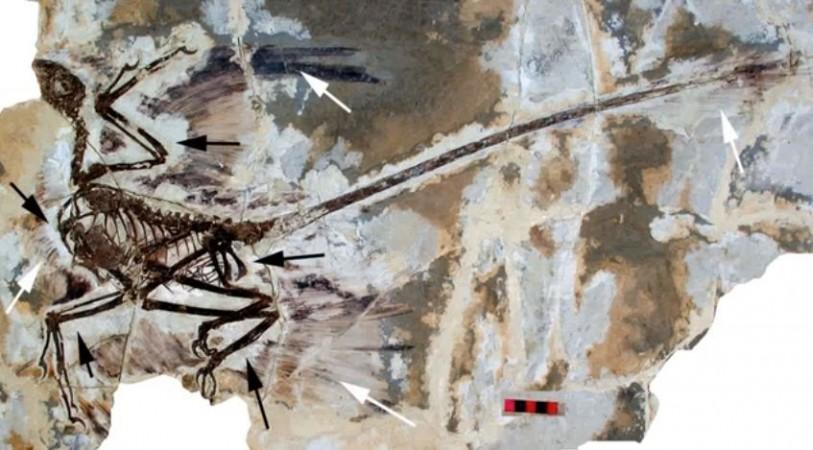
China's fossil bed contains some of the world's most wonderful fossils like the feathered dinosaurs, reptiles, early birds and various other mammals. This bed may be the home for the older fossils from the Middle Jurassic as well, according to a new study.
These older fossils that date back to 160 million years, comprise of the ancient gliding mammals, swimming mammals, ancient feathered dinosaurs and a flying reptile. A recent study has classified these fossils into separate ecological group or biota.
The newly found biota was discovered in layers of rock just below the Jehol Biota, 130-million-year-old famous fossil collection from China's western Liaoning Province and its nearby areas.
The fossils from the Jehol Biota lay above the older specimen, according to David Hone, a dinosaur biologist at Queen Mary University of London.
"They seem to be from the same environments - lots of trees and probably a lot of water," Live Science quoted Hone.
The researchers classified and named the older known fossils as Daohugou Biota.
The Daohugou Biota, like that of the Jehol fossils has extraordinarily intact skeletons including soft tissues and features.
The researchers described that the fossil dates back from the middle-upper Jurassic, a period when birds were considered to have emerged from feathered dinosaurs. The team found feathered dinosaurs that resembled birdlike characteristics.
"When birds and dinosaurs divided from each other, you can barely tell them apart. They also found mammals that glided from trees (the Mesozoic equivalent of a flying squirrel), a classic transitional form of flying reptile called a pterosaur and even a weird little bucktoothed dinosaur," Hone said.
Hone expects that his colleagues will uncover a bird belonging to the Daohugou Biota within a decade. "It has only been in the last two to three years that we've recognized that this is a place we should really be looking," he added.

















